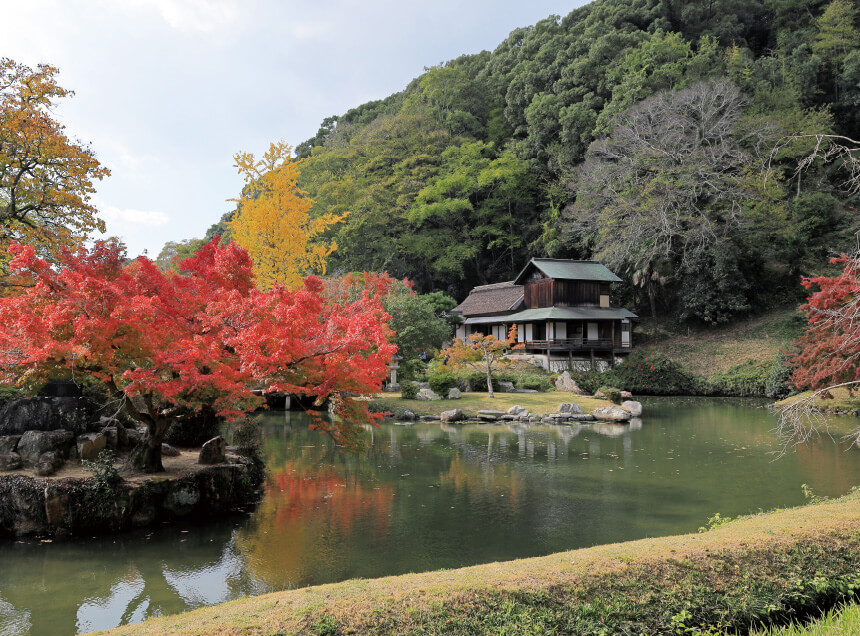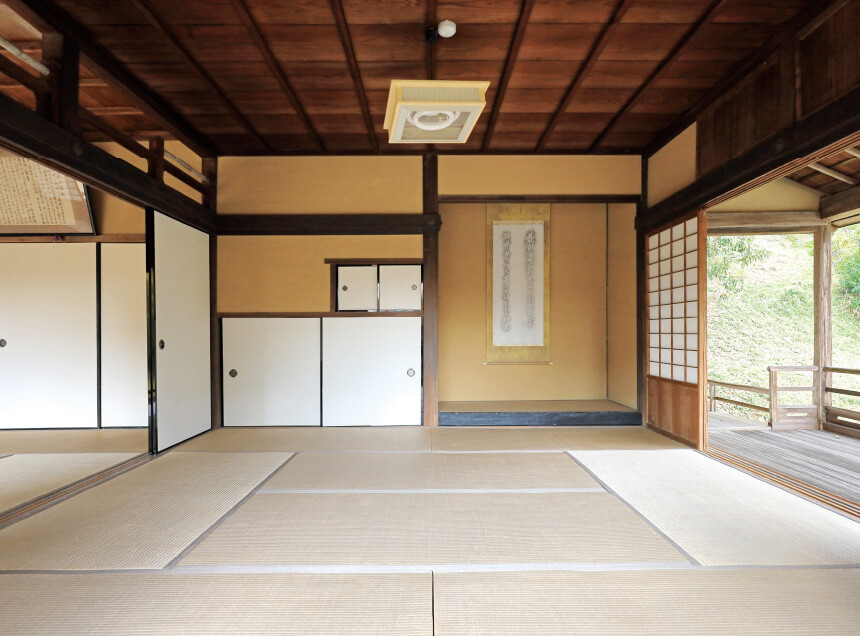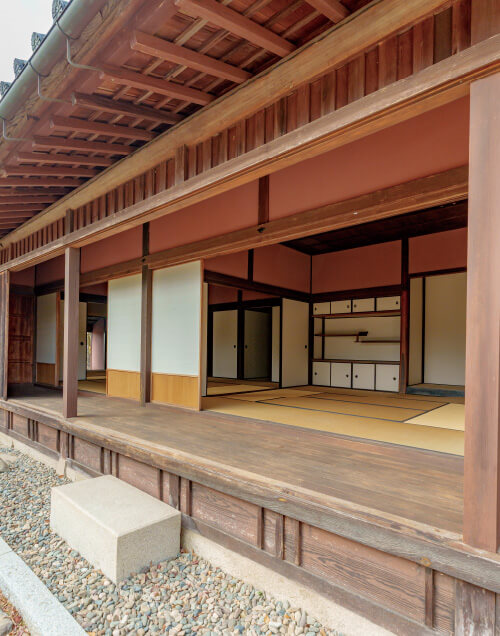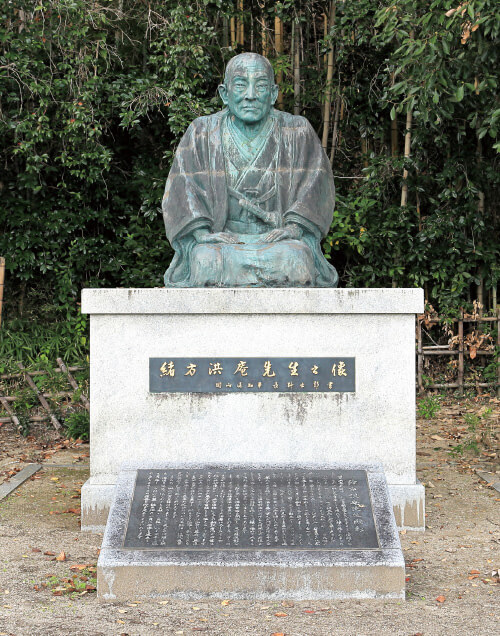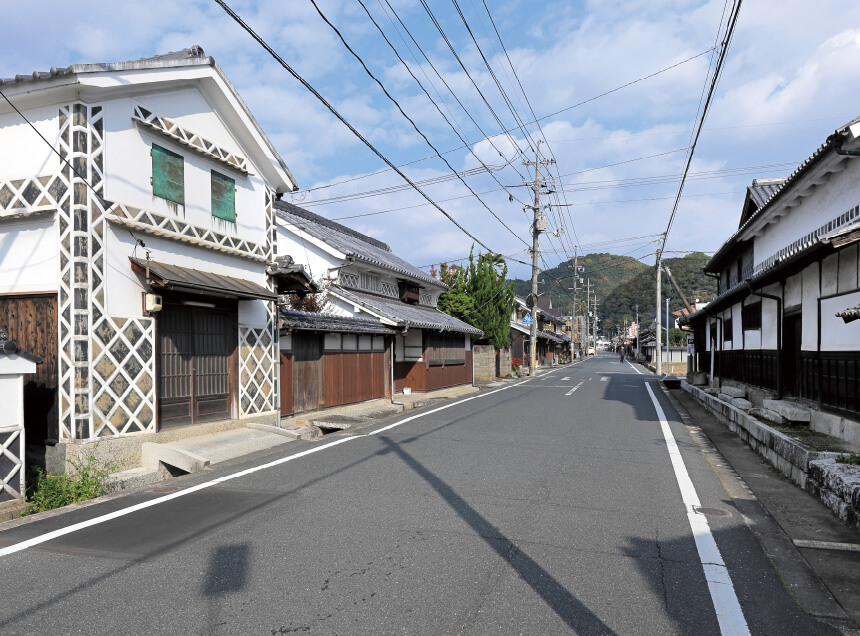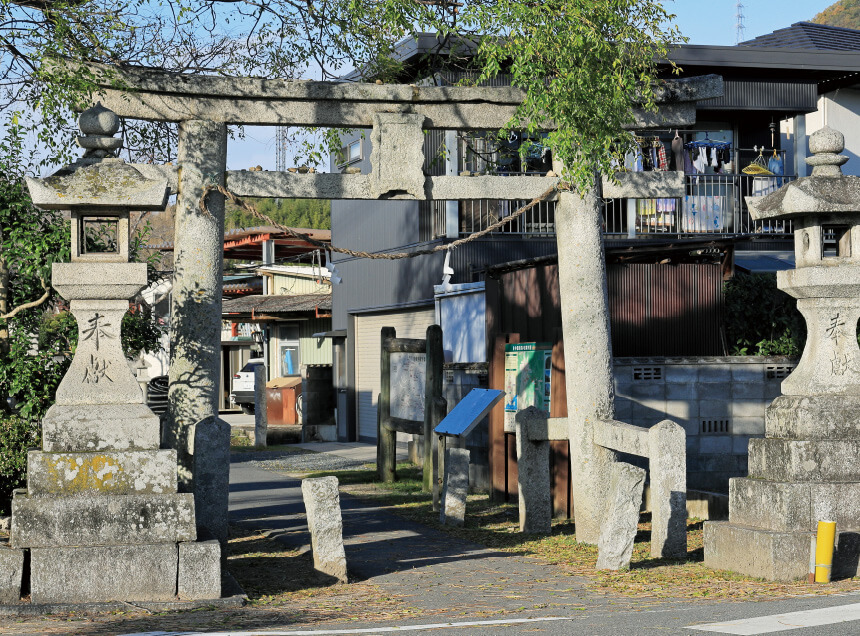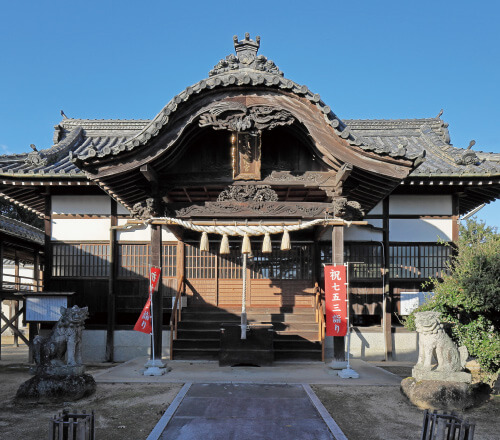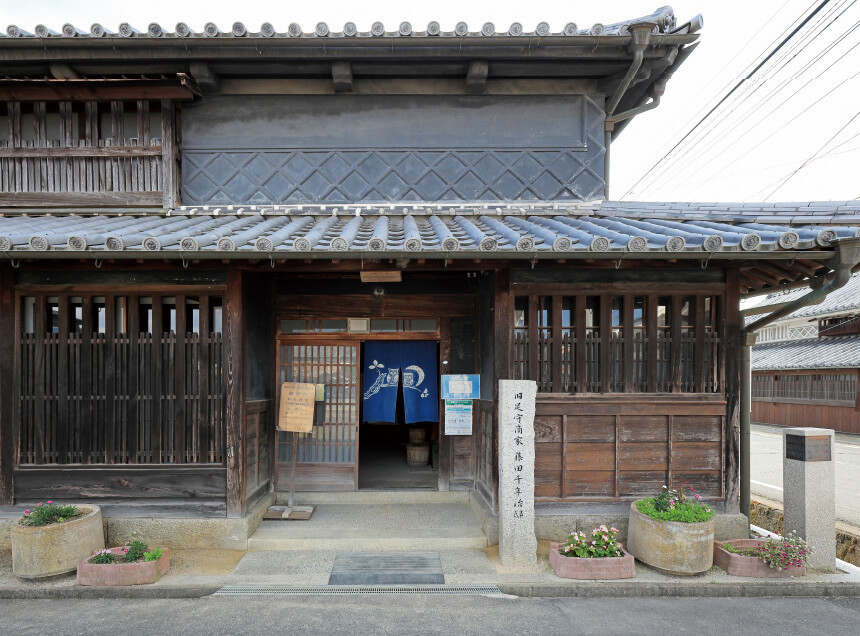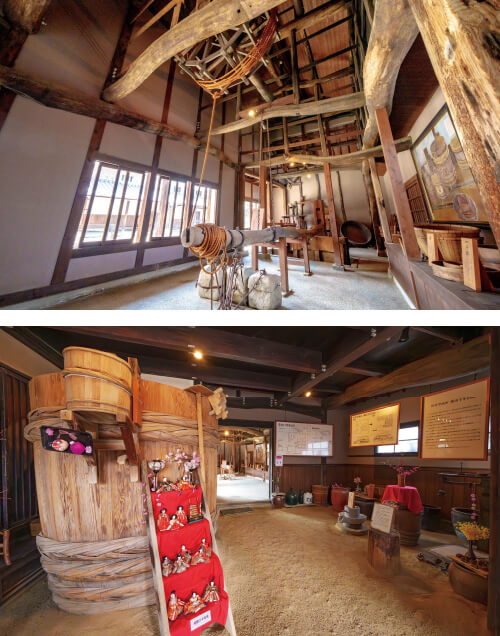

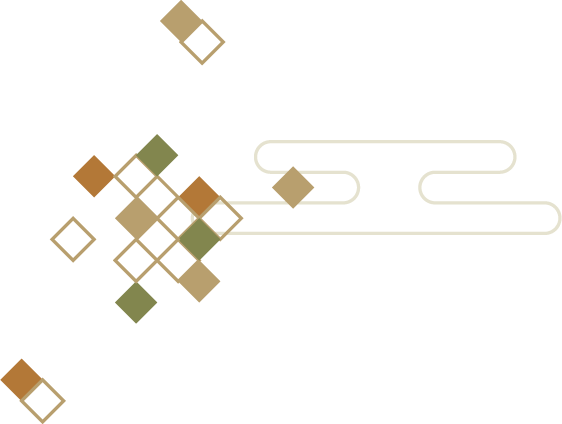


A Place of Rest, Preserving an Edo Period Atmosphere
The Bitchu Ashimori Machinami-kan is a reconstructed late-Edo period merchant house. The different types of lattice windows (koushimado and mushikomado) on the first and second floors, and the namako-kabe plaster walls also on the second floor, are striking features of traditional merchant architecture. Inside, you’ll find exhibits introducing local history and tourist attractions, as well as tourism brochures. The facility warmly welcomes visitors as a local information center.




Ashimori Domain’s Charm:The Kinoshita Legacy
In 1601, following the Battle of Sekigahara, Iesada—biological elder brother of Toyotomi Hideyoshi’s lawful wife Nene (Kodai-in)—was granted the name Kinoshita and became the lord of Ashimori. For around 250 years thereafter, Ashimori flourished under the Kinoshita family. Today, the town still retains traces of its history as a town built around the domain lord residence (jin’yamachi), and various historic sites and attractions related to notable figures are scattered throughout.

People Connected to Ashimori Domain





Ashimori strolling around


Nearby Sightseeing Spots

Bitchu Ashimori Machinamikan
〒701-1463 928 Ashimori, Kita-ku, Okayama-shi TEL 086-295-2500 Hours 9:00 ~ 16:30 Closed Mondays (or the next weekday if Monday is a holiday), and during the New Year holiday. Free parking available nearby.
Approx. 12 minutes by car from the Okayama-Soja IC on the Okayama Expressway
Approx. 5 minutes by taxi from Ashimori Station on the JR Momotaro Line
Note: Visitors coming by car can use the parking lot in front of Ashimori Plaza, the Tourist Information Center parking lot, or the Fujita Senneji Residence parking lot.
Note: Ashimori Station does not have a taxi stand. Please reserve a taxi in advance if necessary.




